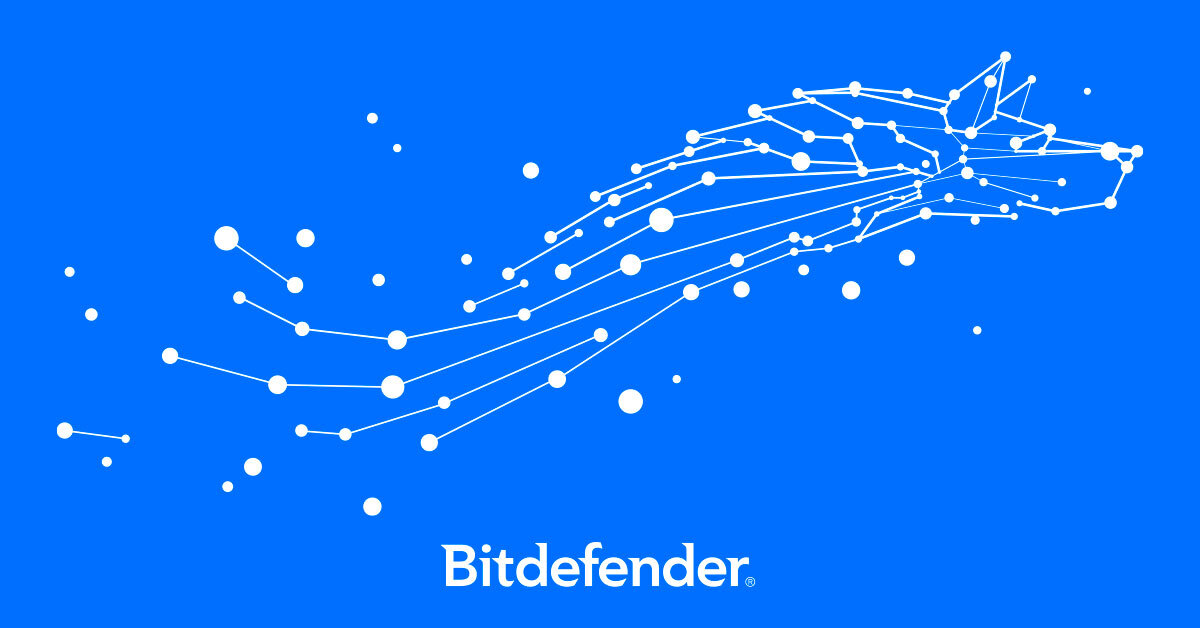BG454
Veteran Member
I've been happily using Windows 7 for quite a while. However, following MS withdrawal of support for Win 7 I've reluctantly decided to "upgrade" to Win 10.
Before I carried out the update I bought another SSD and cloned my "C" drive onto the new SSD.
I then installed the cloned drive into my computer and everything ran W7 as before.
I then followed the upgrade steps from this website to convert my system from W7 to W10.
I had a few programs that came up with a notice that I was running an evaluation version, but when I entered my Licence code they were all accepted and everything seems to be running normally. I also made sure I had the necessary up to date W 10 drivers installed where these were appropriate (graphics driver, printer etc.)
I am having a serious problem with "Luminar 4" which I have supplied details of to Skylum, but I was wondering if anyone here had any thoughts.
Luminar was one of the programs that said I was running a trial version, but after I entered my licence code it appeared OK. I don't know if it's a clue, but when I launch Luminar, despite having configured it to run "maximised" it always opens in a small window, which I then have to maximise to fill the screen.
When I run Luminar 4 it only needs to be open for a minute or so and the whole system crashes, often before I can do any editing.
I have deleted and reinstalled Luminar 4 but everything is the same.
The crash is that the whole computer goes completely dead, as if I had switched off the power. It sits for a few seconds and then reboots as if it had been powered up from cold. The third time this happened the system reported a disk error but I ran "chkdsk" and it seems to have repaired the problem, but I still have random power off shutdowns when using Luminar 4.
The Windows Event Viewer log under "System" reports a Critical Error and says "The system has rebooted without cleanly shutting down first. This error could be caused if the system stopped responding, crashed, or lost power unexpectedly." The source is reported as "Kernel - Power"
There appears to be no matching events under "Application" or "Security."
This is a self-built system which is primarily used for photo editing, and I am fairly computer literate, but this is really puzzling. As I said, I've reported the problem to Skylum and they have asked for a couple of diagnostic downloads, but so far they have not been back to me.
If all else fails I will reinstall my original SSD and carry on using W7, which was trouble free.
Anybody got any suggestions?
Before I carried out the update I bought another SSD and cloned my "C" drive onto the new SSD.
I then installed the cloned drive into my computer and everything ran W7 as before.
I then followed the upgrade steps from this website to convert my system from W7 to W10.
I had a few programs that came up with a notice that I was running an evaluation version, but when I entered my Licence code they were all accepted and everything seems to be running normally. I also made sure I had the necessary up to date W 10 drivers installed where these were appropriate (graphics driver, printer etc.)
I am having a serious problem with "Luminar 4" which I have supplied details of to Skylum, but I was wondering if anyone here had any thoughts.
Luminar was one of the programs that said I was running a trial version, but after I entered my licence code it appeared OK. I don't know if it's a clue, but when I launch Luminar, despite having configured it to run "maximised" it always opens in a small window, which I then have to maximise to fill the screen.
When I run Luminar 4 it only needs to be open for a minute or so and the whole system crashes, often before I can do any editing.
I have deleted and reinstalled Luminar 4 but everything is the same.
The crash is that the whole computer goes completely dead, as if I had switched off the power. It sits for a few seconds and then reboots as if it had been powered up from cold. The third time this happened the system reported a disk error but I ran "chkdsk" and it seems to have repaired the problem, but I still have random power off shutdowns when using Luminar 4.
The Windows Event Viewer log under "System" reports a Critical Error and says "The system has rebooted without cleanly shutting down first. This error could be caused if the system stopped responding, crashed, or lost power unexpectedly." The source is reported as "Kernel - Power"
There appears to be no matching events under "Application" or "Security."
This is a self-built system which is primarily used for photo editing, and I am fairly computer literate, but this is really puzzling. As I said, I've reported the problem to Skylum and they have asked for a couple of diagnostic downloads, but so far they have not been back to me.
If all else fails I will reinstall my original SSD and carry on using W7, which was trouble free.
Anybody got any suggestions?
Last edited:

